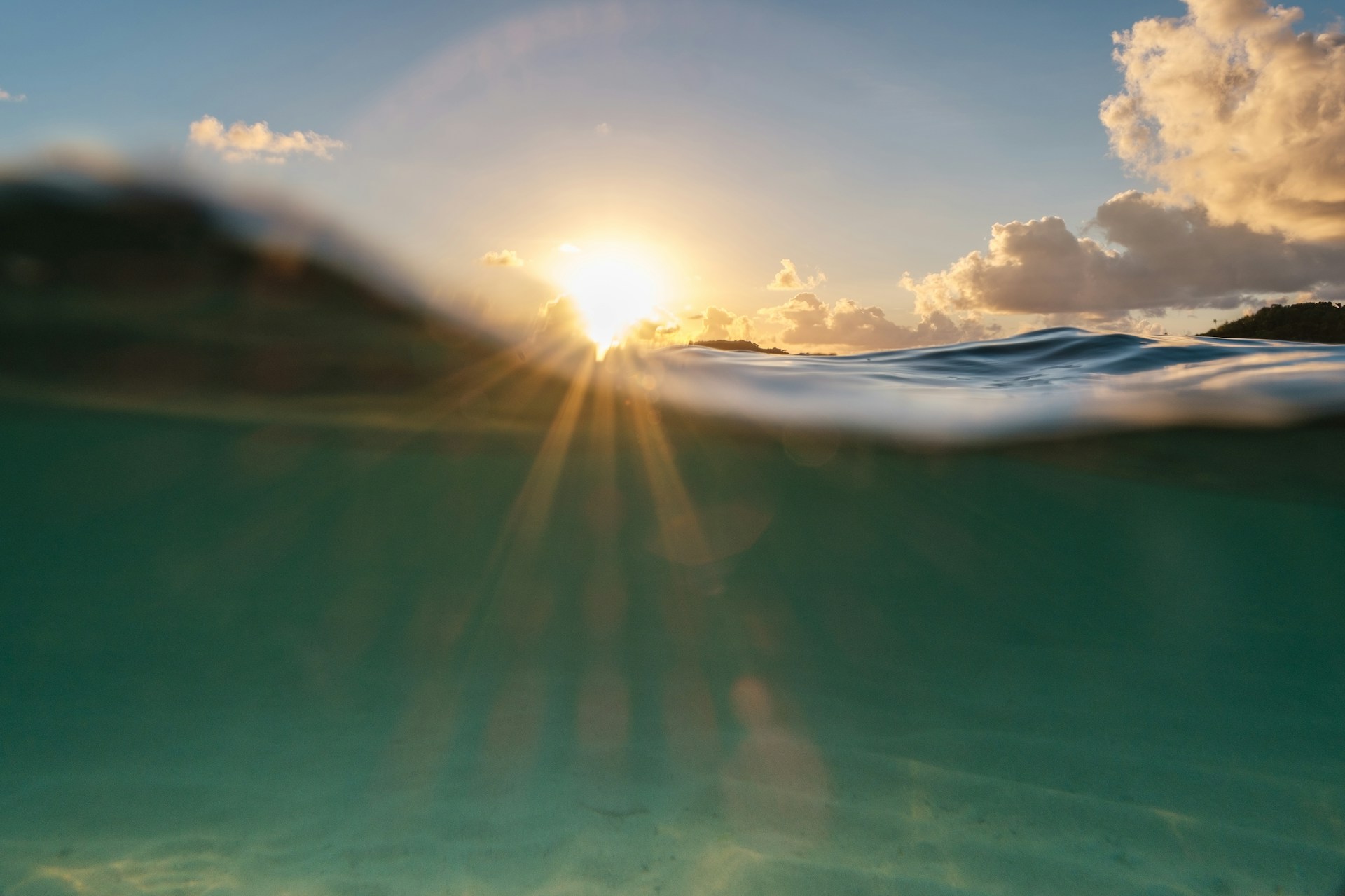Samoa, officially the Independent State of Samoa, beckons with its captivating Polynesian charm, comprising the main islands of Upolu and Savaii, adorned with cultural richness. Nestled between New Zealand and Hawaii in the Pacific’s Polynesian region, Samoa is a tropical haven, with its vibrant capital, Apia, standing as a global icon of diversity. Yet, amidst the allure, it’s crucial to acknowledge the presence of potentially hazardous creatures in Samoa’s waters. The Pacific Ocean surrounding Samoa is home to perilous species that demand caution, adding a layer of awareness to the enchanting landscapes and pristine beaches. Here, we delve into encounters with some of the dangerous animals in Samoa.
Table of Contents
Pufferfish
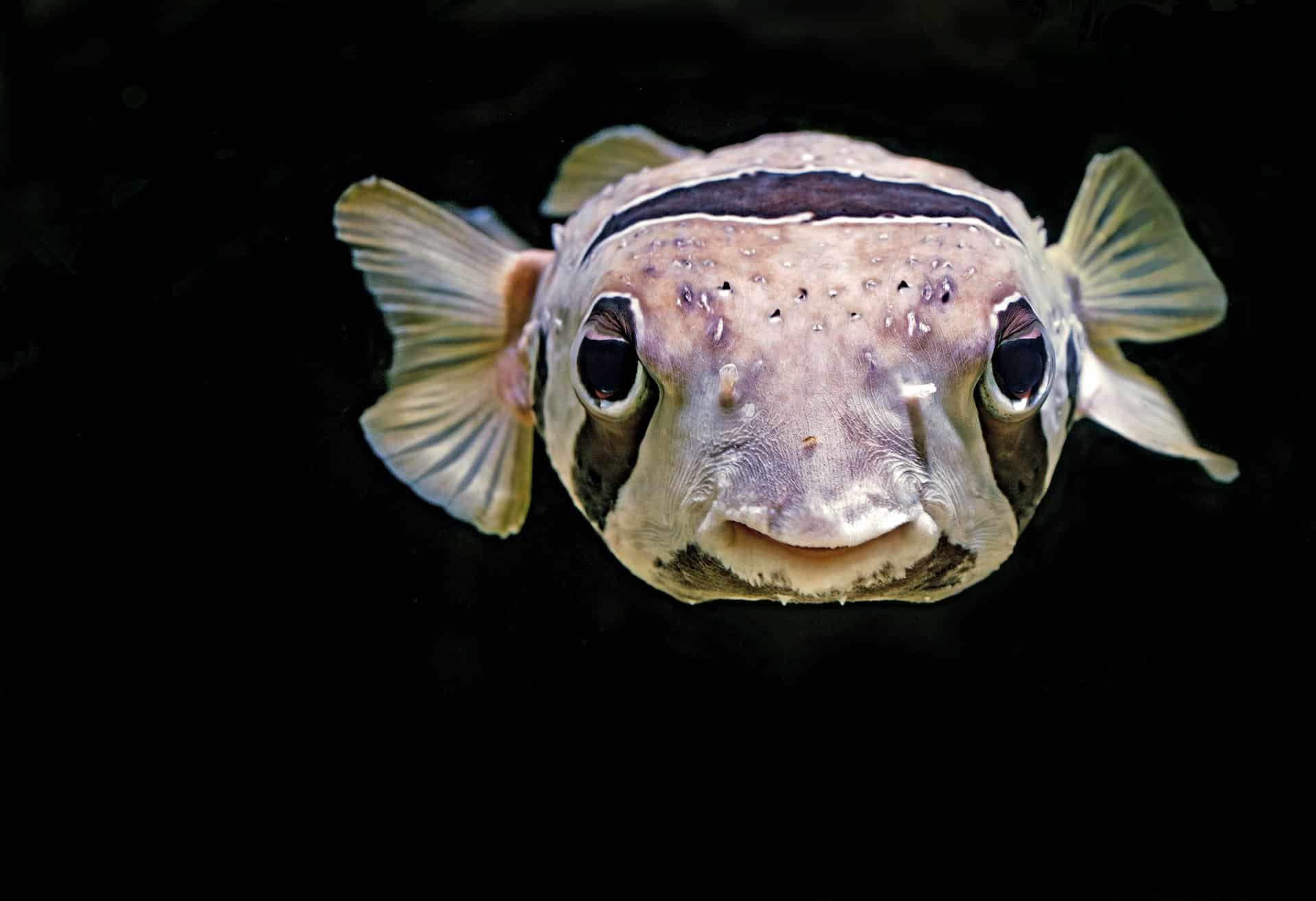
Pufferfish are among the most perilous creatures in the Pacific waters of Samoa. With over 120 types worldwide, those found in Samoan waters carry a potent venom, tetrodotoxin, more lethal than cyanide. The venom resides in various parts of their body, making them extremely hazardous. Swift and deadly, encounters with these fish demand cautious exploration of Samoan waters, avoiding their inhabited areas.
Lionfish

Lionfish, found in the Pacific waters of Samoa, pose a serious threat due to their exceptional venom. Their adjusted pectoral fins and spines can cause severe side effects, including agonizing pain, difficulty breathing, and cardiac arrest. A single sting from these pretentious creatures can be lethal, urging caution when exploring different water regions in Samoa.
Sea Urchins

Sea urchins, armed with sharp spines as a survival mechanism, present a danger during a trip to Samoa. Encountering them in unauthorized areas poses a high risk, as their venomous spines can lead to anaphylactic shock, causing difficulty breathing, lowered heart rate, and potential fatality without prompt antivenom.
Blue-ringed octopus
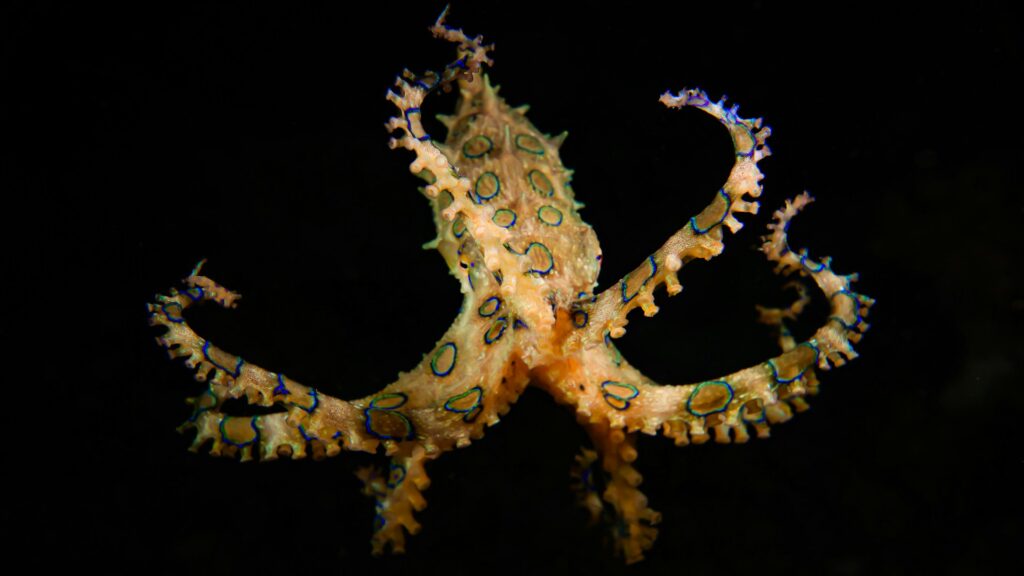
The blue-ringed octopus, thriving in the Pacific waters of Samoa, is one of the most perilous creatures encountered. Its venom, so potent that a single bite can result in the death of multiple people, underscores the critical need for caution when exploring the islands of Samoa. A sting from this creature can lead to instant death.
Tiger shark
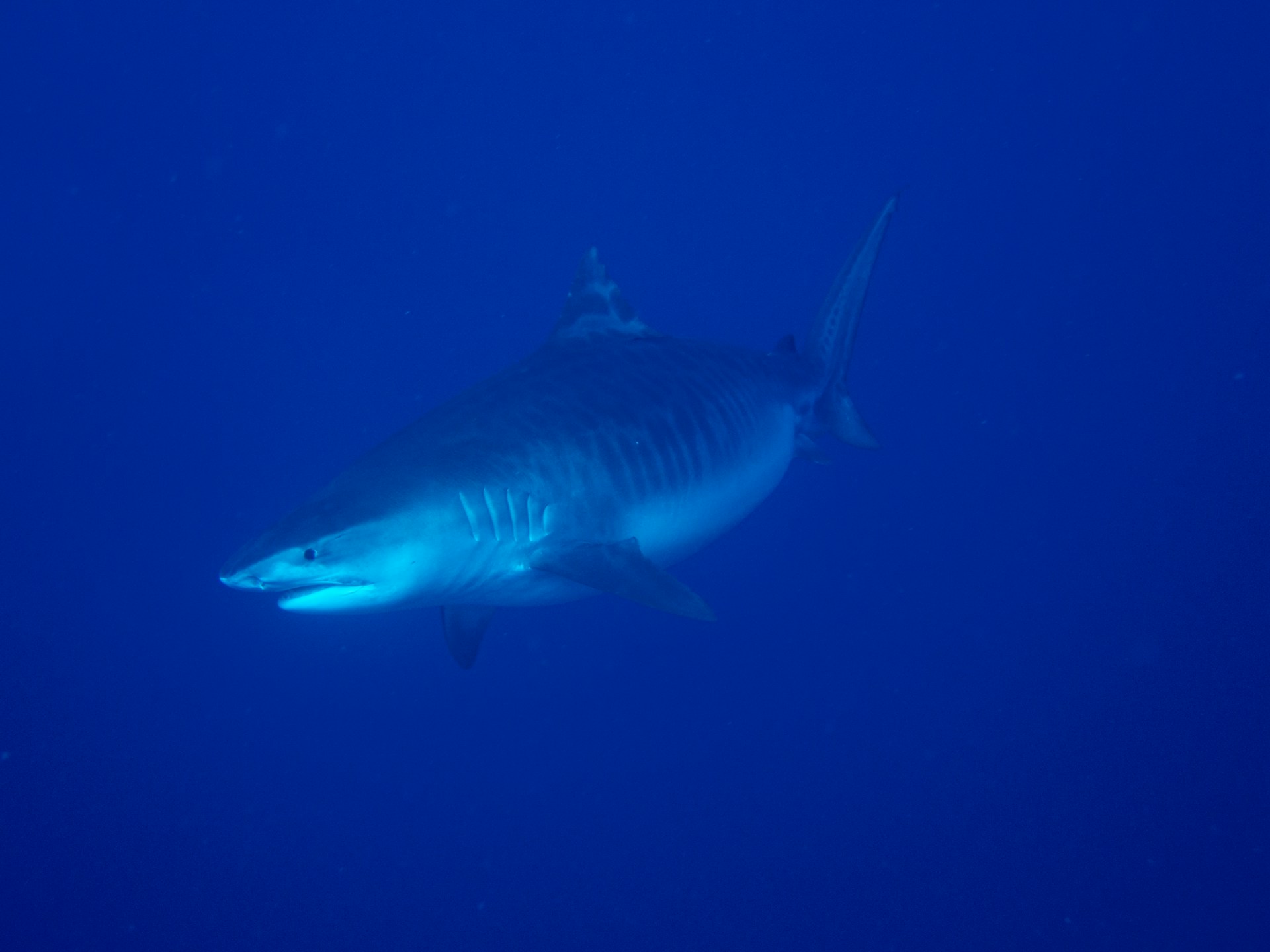
Tiger sharks, common in the Pacific waters around Samoa, are formidable creatures that can grow up to 13 feet long. Possessing an exceptional sense of smell and agility, they can sense blood from miles away. Encountering these sharks requires careful consideration, as they may attack with precision. In the event of an attack, seeking immediate medical attention is crucial for safety during your trip to Samoa.
Jellyfish

Jellyfish pose a significant threat in the Pacific waters of Samoa, their seemingly colorless bodies adapting to the environment, often appearing bluish due to the water’s reflection. Armed with tentacles containing harpoon-like structures delivering potent venom, a jellyfish sting can induce excruciating pain and, in severe cases, lead to loss of consciousness. Deep-water enthusiasts must exercise caution to avoid encounters with these perilous creatures, as the side effects of their venom include lowered heartbeat, difficulty breathing, and unconsciousness.
Moray Eel

The Pacific Ocean surrounding Samoa harbors the formidable moray eel, known for its precision bites and propensity to move in large numbers, making them particularly dangerous animals. With sharp teeth capable of causing severe injuries, including fatal bites, there are over 80 species of moray eels in these waters, reaching lengths exceeding 13 feet. Water sports enthusiasts in Samoan waters must exercise vigilance to steer clear of these potentially hazardous creatures.
Great White Shark
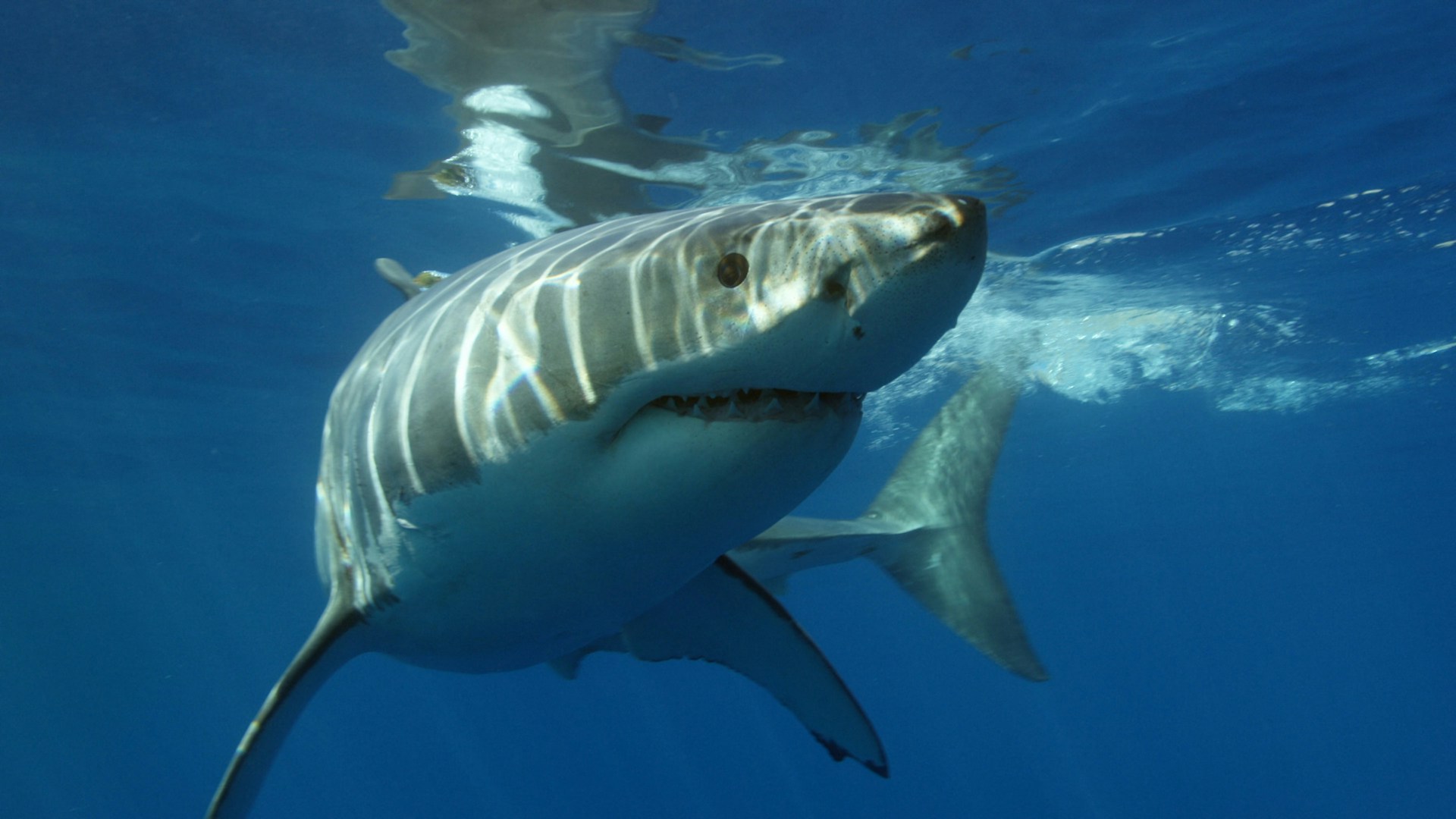
The great white shark, a formidable presence in the Pacific waters around Samoa, demands careful consideration from visitors. With over 300 razor-sharp teeth and weighing over 2500 kilograms, these aggressive and territorial sharks can grow up to 15 meters long. Awareness of their presence is crucial when exploring the Pacific waters in Samoa to avoid potential encounters that could result in swift and fatal attacks.
Cone Snails
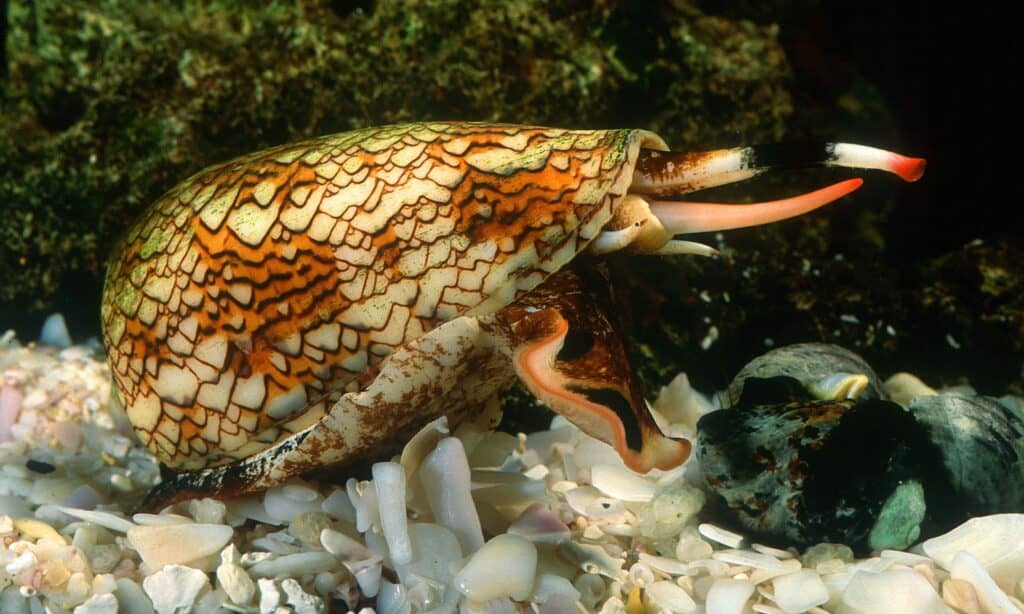
Underrated yet dangerous, cone snails in Samoan waters possess highly potent venom, capable of causing severe organ failure and, in extreme cases, death. Despite their visually appealing patterns, these creatures should not be underestimated, as their venom affects the central nervous system. Caution is advised when exploring the islands of Samoa, as cone snails have venom sufficient to kill multiple people, emphasizing the need for immediate medical attention in case of an attack.
Stonefish
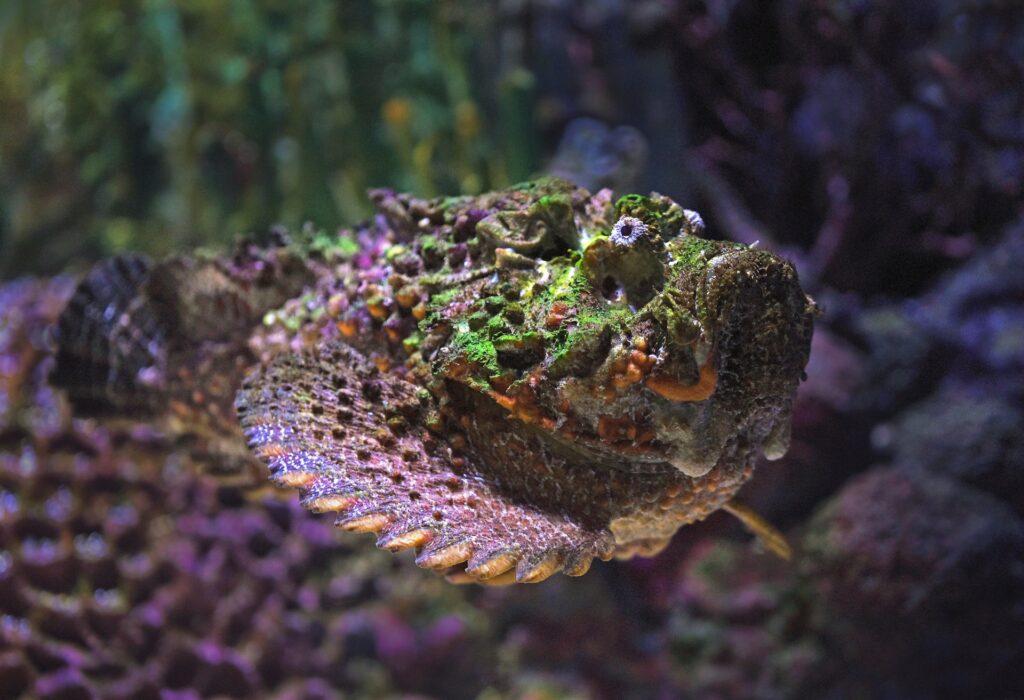
Among the dangerous animals in the waters of Samoa, the stonefish stands out as one of the most venomous fish globally. Equipped with 13 sharp spines, the venom from a stonefish can induce severe allergic reactions, including loss of muscle function, difficulty breathing, cardiac problems, and, ultimately, death. Visitors must exercise caution to distinguish these venomous fish from rocks, as prompt medical attention is crucial in the event of an attack.
___________
Learn more about the dangerous animals in other countries surrounded by ocean:

